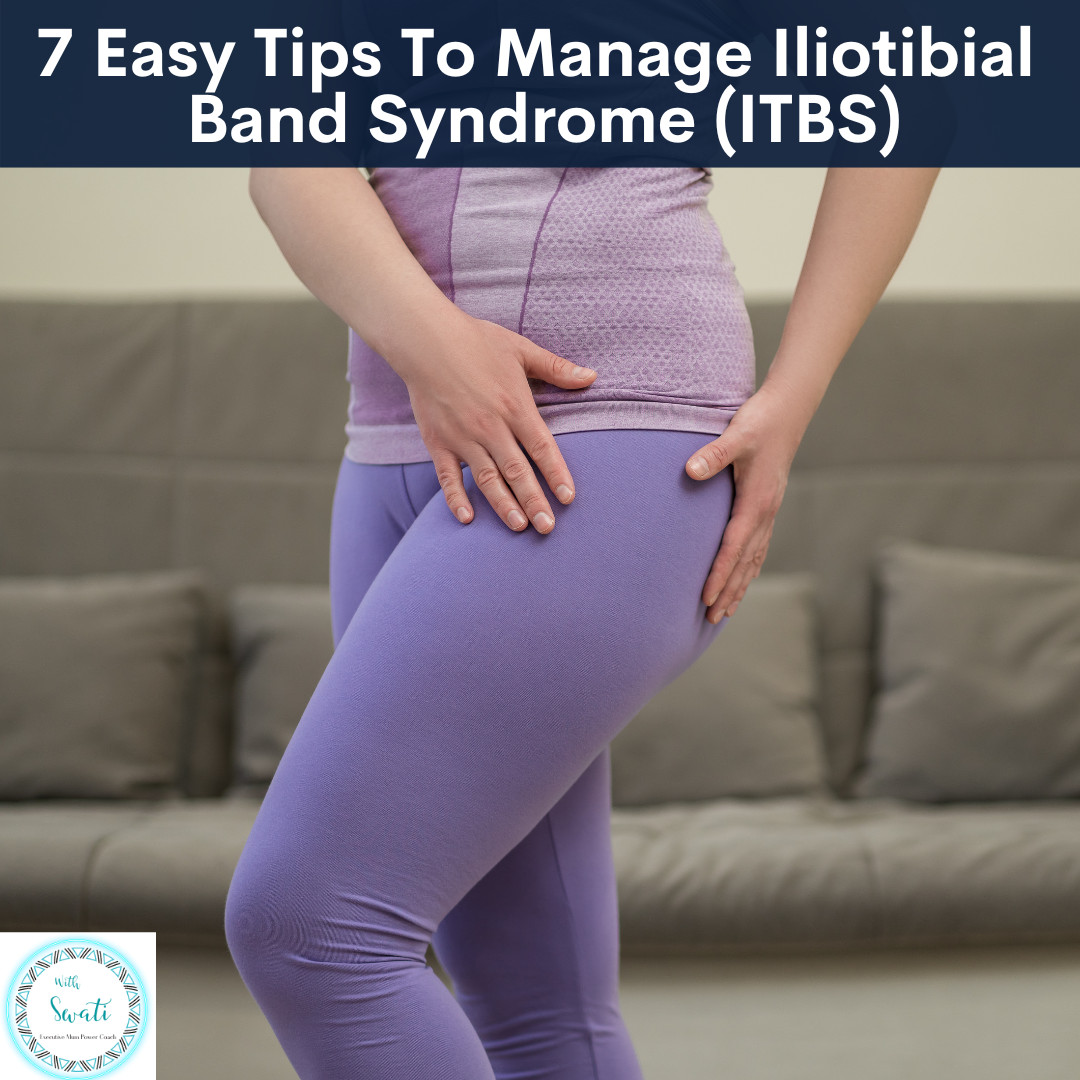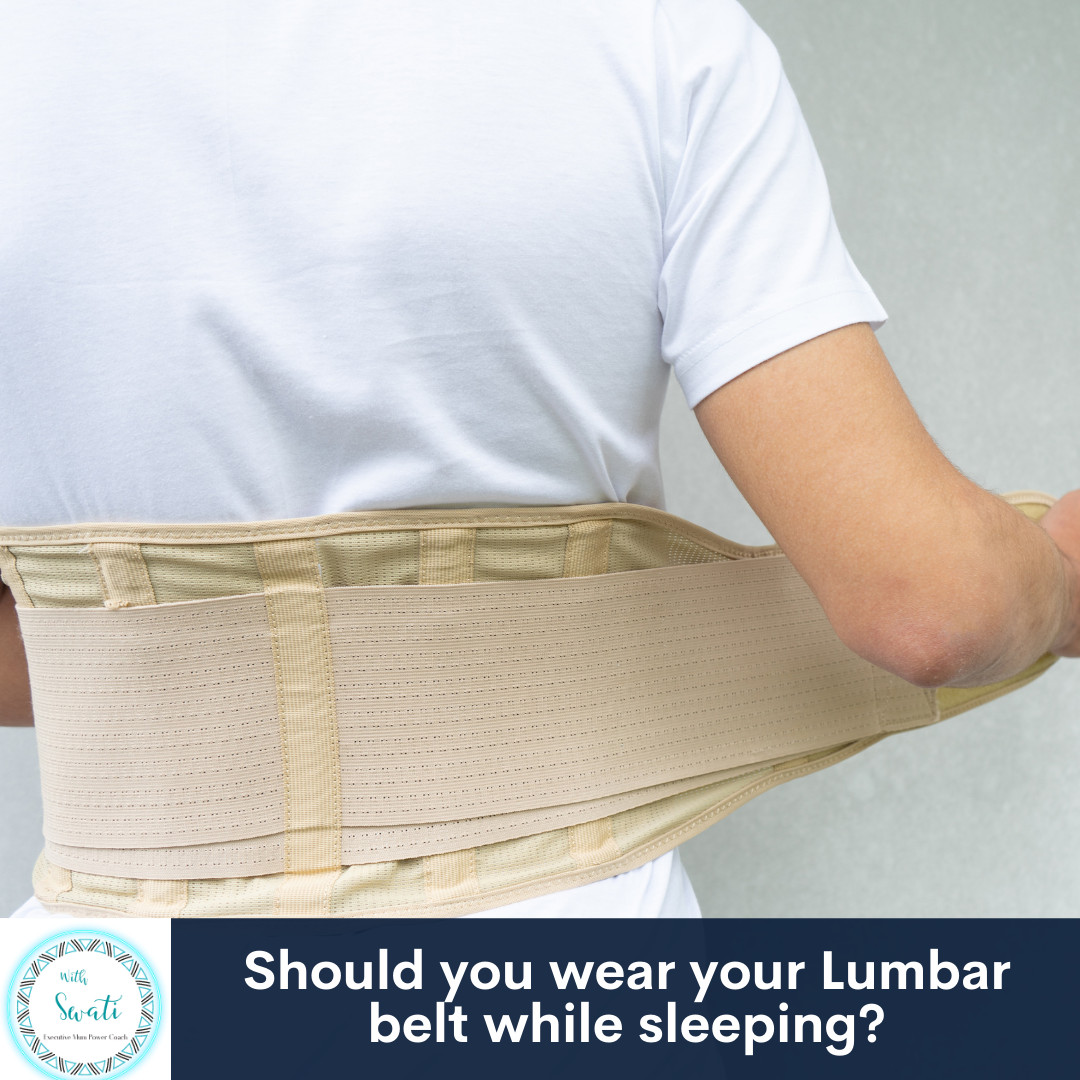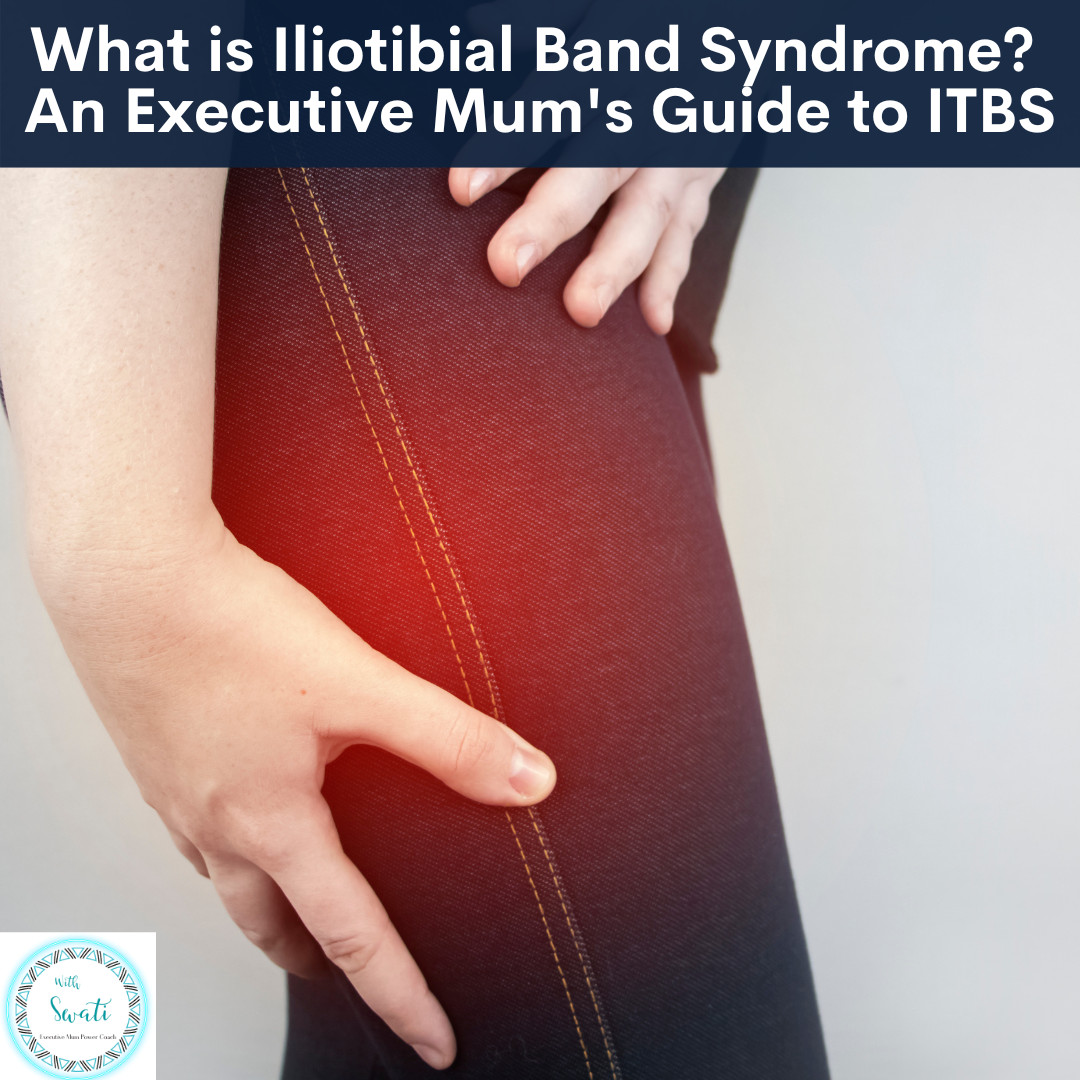
Executive mums often face the dual challenge of balancing a demanding career with active family life, which can sometimes lead to physical ailments like Iliotibial Band Syndrome (ITBS). ITBS is inflammation in the iliotibial band, a thick band of fascia running down the side of the thigh, from the hip to the knee. Here are 7 effective strategies to manage and alleviate the discomfort associated with ITBS, ensuring you stay active and pain-free.
Here are some effective techniques to manage ITBS:
1. Cold Therapy: Using a cold pack on the affected area can significantly reduce inflammation and pain, especially after long days or physical activity. Cold packs help to reduce the inflammation in the area, thus soothing the area and providing immediate pain relief.
2. Activity Modification: Since ITBS is an overuse injury, taking a break from activities that exacerbate the pain and/or reducing activities that exacerbate the pain is crucial. If acute pain is present, consider taking a break from high-impact activities such as running or sports that require repetitive knee bending. Allowing your body to rest can prevent further irritation of the iliotibial band and allows the inflammation to subside.
3. Self-Massage Techniques: A simple yet effective way to manage ITBS at home is through self-massage using a tennis ball or a massage ball . This technique helps simulate deep tissue massage, targeting knots and tight areas along the iliotibial band. Roll the tennis ball over the outer thigh or use it against a wall or lying on your side in a slow, steady motion to massage the tight areas. This can be repeated multiple times throughout the day as needed.
4. Stretching and Strengthening Exercises: Incorporating specific stretches and strengthening exercises for the hip, thigh, and gluteal muscles can help alleviate tightness and improve the overall function of the iliotibial band. Focus on gentle stretching exercises that do not exacerbate the pain and gradually include strength training to support the muscles around the IT band.
5. Consider Your Footwear: Evaluating your footwear is crucial. Replace old running shoes to ensure proper foot support and reduce strain on the IT band. Choose shoes that offer good arch support and cushioning especially if you have flat feet.
5. Mind the Running Terrain
The surface you run on can impact the strain on your IT band. Avoid running on uneven, soft, or inclined surfaces as these can increase the load on your knees. Opt for flat, stable surfaces to minimize stress on the iliotibial band.
6. Use of Foam Rollers: Regular everyday use of foam rollers can help loosen the IT band and alleviate tightness. Position the foam roller under your thigh and gently roll from the hip to the knee, focusing on any particularly tight areas.
7. Postural Correction
Long periods of sitting in one position, such as in a lotus posture or with one leg tucked under, can shorten and tighten the iliotibial band. Regularly changing your posture can prevent ITB tightness. When sitting, try to keep your feet flat on the floor.
Learn more on how to manage your neck, back and nerve pain while improving your energy levels and brain fog in my free community HERE, where we discuss these topics in a judgement free and friendly manner.
If you like this blog and want to be notified about new blogs as soon as they are published, subscribe to my mailing list below.
I would love to see you around the internet! For other places you can explore more about me: https://withswati.com/page/link
Note: This page contains affiliate links which will bless me, at no additional cost to you and I will be able to help more people with spinal and joint pain.
















0 Comments